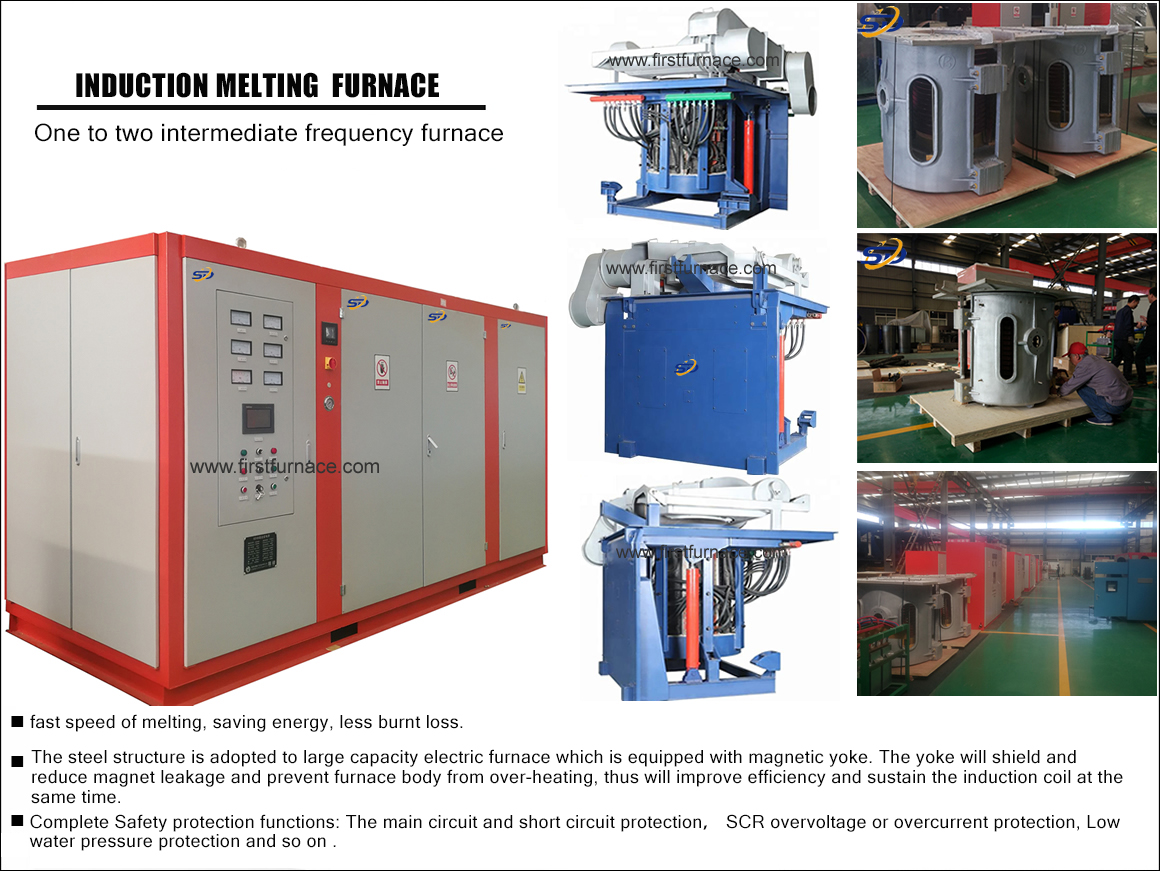Sales hot line ( 24 hours service):+86 13015583380
E-Mail: firstfurnace@gmail.com
whatsapp:+86 13015583380
Adress: Luoxin Industrial Park, Luoyang, HenanLarge diameter steel pipe quen
Piston rod quenching and tempe
Grinding rod quenching and tem
High frequency induction heate
Quenching equipment for machin
Round steel end heating furnac
Steel pipe heat treatment prod
Square steel quenching and tem
Sucker rod quenching and tempe
Thickened petroleum steel pipe
Round steel quenching and temp
Steel pipe quenching and tempe
Steel plate quenching and temp
Induction Hardening Machine&nb
Flywheel ring gear high freque
What items are generally included in the quality inspection of induction heating furnace quenched parts?
The quality inspection of induction heating furnace quenched parts should generally include seven items of appearance, hardness, hardened area, depth of hardened layer, metallographic structure, deformation and cracks.
(1) Appearance The surface of the quenched parts of the induction heating furnace shall not have defects such as sintering, cracks, etc. The normally quenched surface is off-white with black (oxidized scale). Grayish white generally indicates that the quenching temperature is too high, and the surface is all black or blue, and generally indicates that the quenching temperature is not enough. Local melting and obvious cracks, avalanches, and corners can be found during visual inspection. For small-batch and mass-produced parts, the appearance inspection rate is 100%.
(2) Hardness can be spot-checked with Rockwell hardness tester. The spot-check rate is determined according to the importance of the parts and the process stability, generally 3%~10%, supplemented by a knife inspection or a 100% knives inspection. During the inspection of knives, the inspector should prepare standard blocks of different hardness (usually sleeve-shaped) for comparison, so as to improve the accuracy of inspection of knives. In automated production, the more advanced hardness inspection method has adopted eddy current tester and other inspections.
(3) The hardened area is usually measured with a ruler or caliper for small batch production, and the surface can also be etched with strong acid to make the white hardened area appear for inspection. The etching method is often used for adjustment and testing. In mass production, if the induction heater of the induction heating furnace or the mechanism that controls the hardening zone is reliable, generally only sampling is required, and the sampling rate is 1% to 3%.
(4) Depth of hardened layer The depth of hardened layer is currently mostly used to cut the specified inspection part of the quenched part to measure the depth of the hardened layer at this part. In the past, the metallographic method was used to measure the depth of the hardened layer in China. Now, according to GB/T 5617-2005, the depth of the hardened layer is determined by measuring the section hardness of the hardened layer. The depth inspection of the hardened layer generally requires damage to the parts. Therefore, except for special parts and special regulations, only random inspections are generally performed. Large-scale production of small parts can be spot-checked for 1 piece per shift or 1 piece for every 100, 500 pieces produced, etc., and large parts can be spot-checked for 1 piece per month, etc. When using advanced non-destructive testing equipment, the sampling rate can be increased, even 100% inspection.
(5) Metallographic structure The materials of induction heating furnace quenched parts are mainly medium carbon steel and cast iron, and the microstructure of quenched parts generally corresponds to the hardness. For some important parts, the microstructure requirements are mentioned in the design drawings, mainly to prevent the coarse martensite produced by overheating, and at the same time prevent the undissolved ferrite produced by underheating.
(6) Deformation Deformation is mainly used to check shaft parts. Generally, the center frame and dial indicator are used to measure the swing difference of the parts after quenching. The pendulum difference varies according to the length and diameter ratio of the parts. The parts quenched by the induction heating furnace can be straightened, and the amount of deflection can be slightly larger. Generally, the allowable pendulum difference is related to the grinding amount after quenching. The smaller the grinding amount, the smaller the allowable pendulum difference. The diameter of general shaft parts is usually 0.4 ~ 1mm. Allow the swing difference of the parts after straightening is 0.15 ~ 0.3mmo
(7) Parts with more important cracks need to be inspected by magnetic particle inspection after quenching, and factories with better equipment have used phosphors to show cracks. Parts that have undergone magnetic particle inspection should be demagnetized before entering the next process.

Iron induction furnace
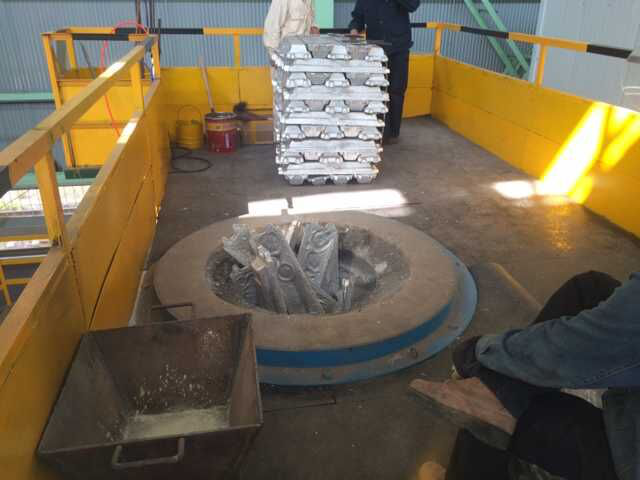
Aluminum melting furnace

Copper melting furnace
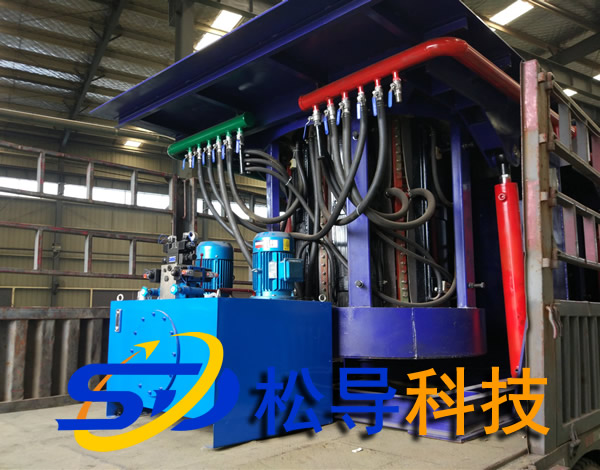
Small steel melting furnace
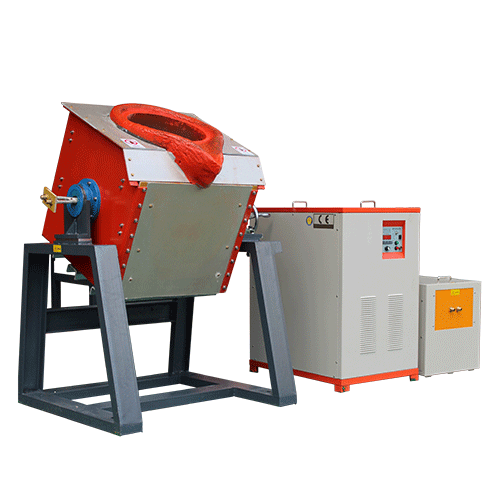
Small induction melting furnace
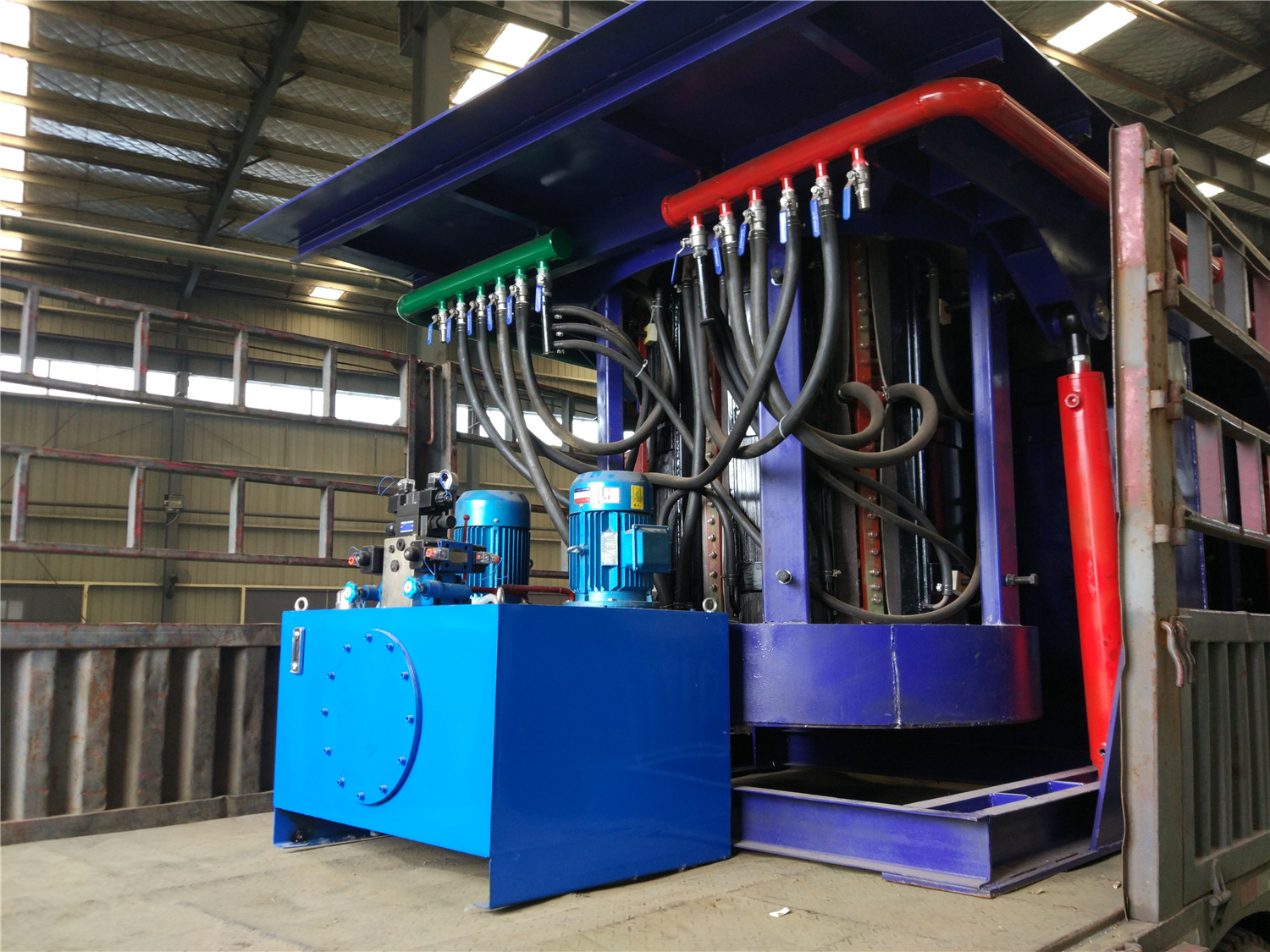
Induction iron furnace
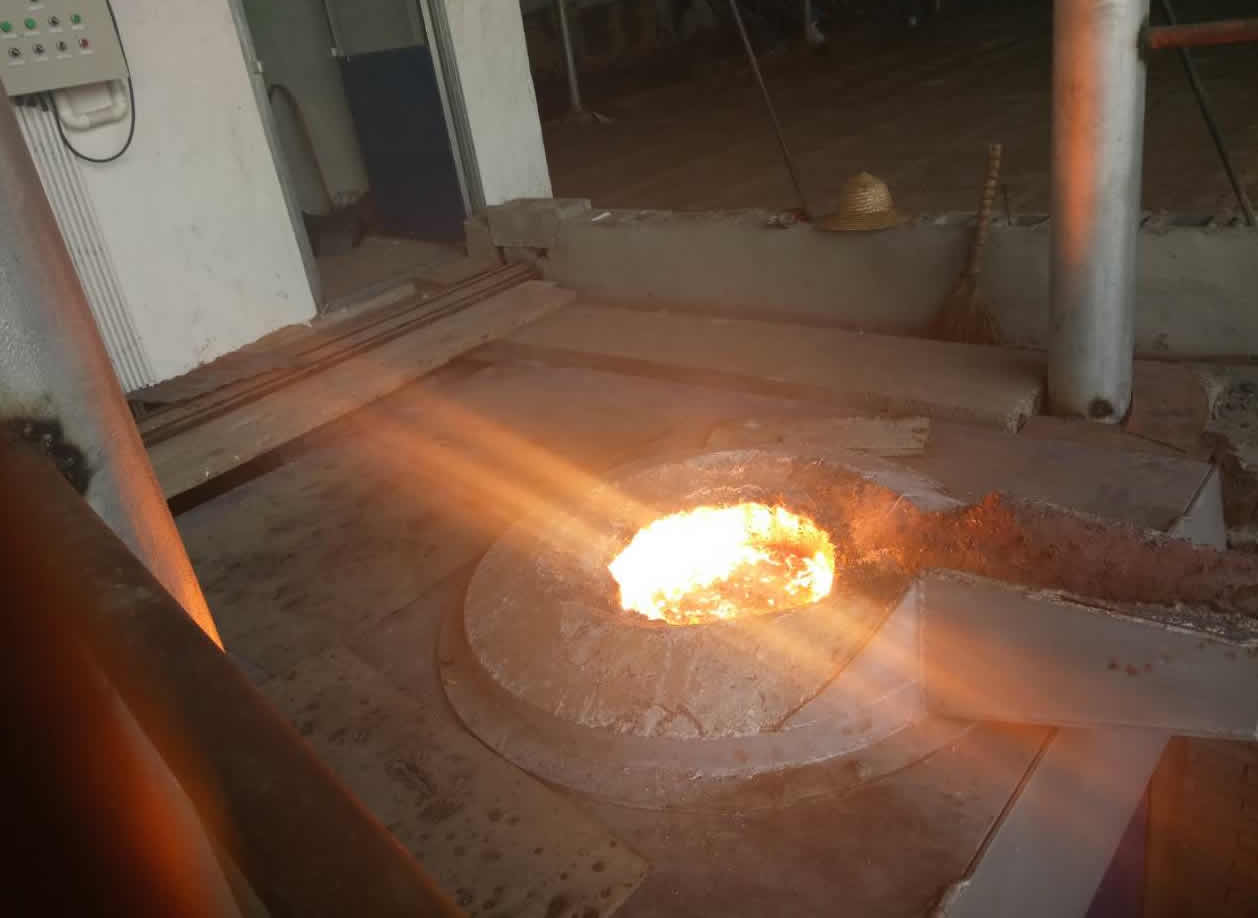
3T intermediate frequency iron melting f
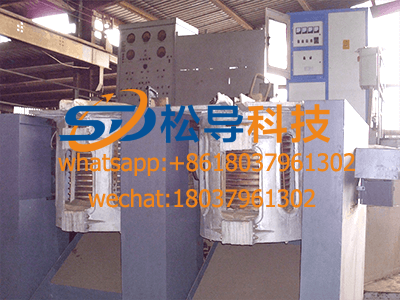
0.25T Intermediate Frequency Furnace
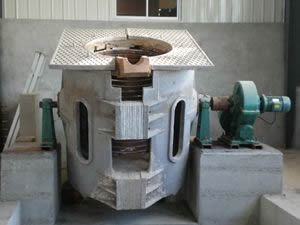
0.5T Intermediate Frequency Furnace
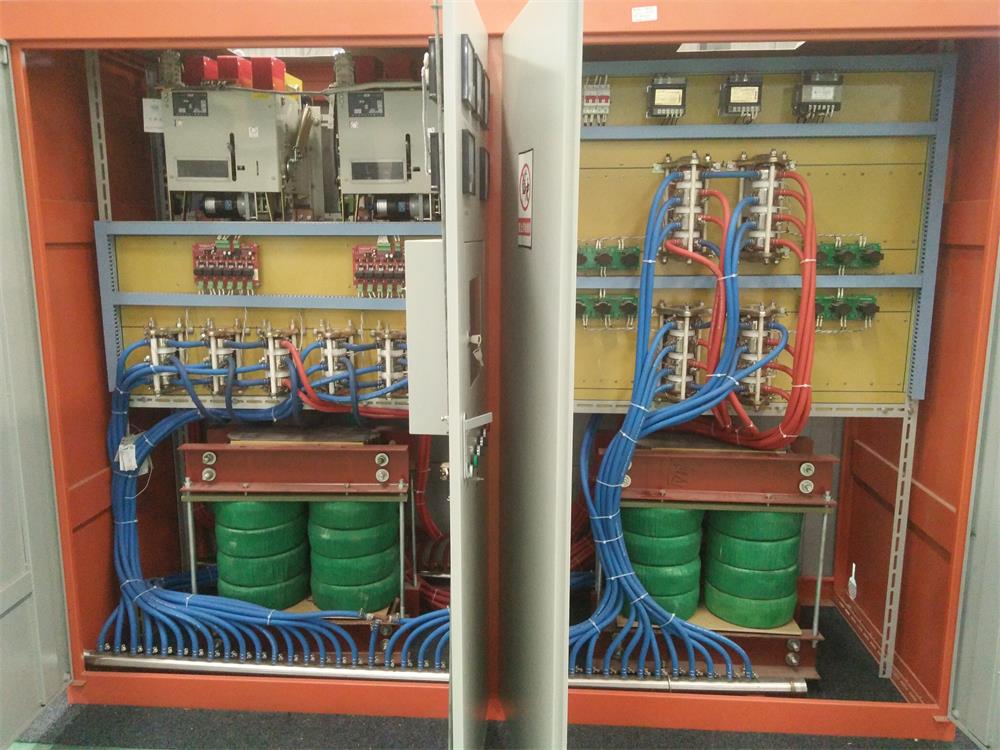
Medium Frequency Furnace

2T Induction Melting Furnace
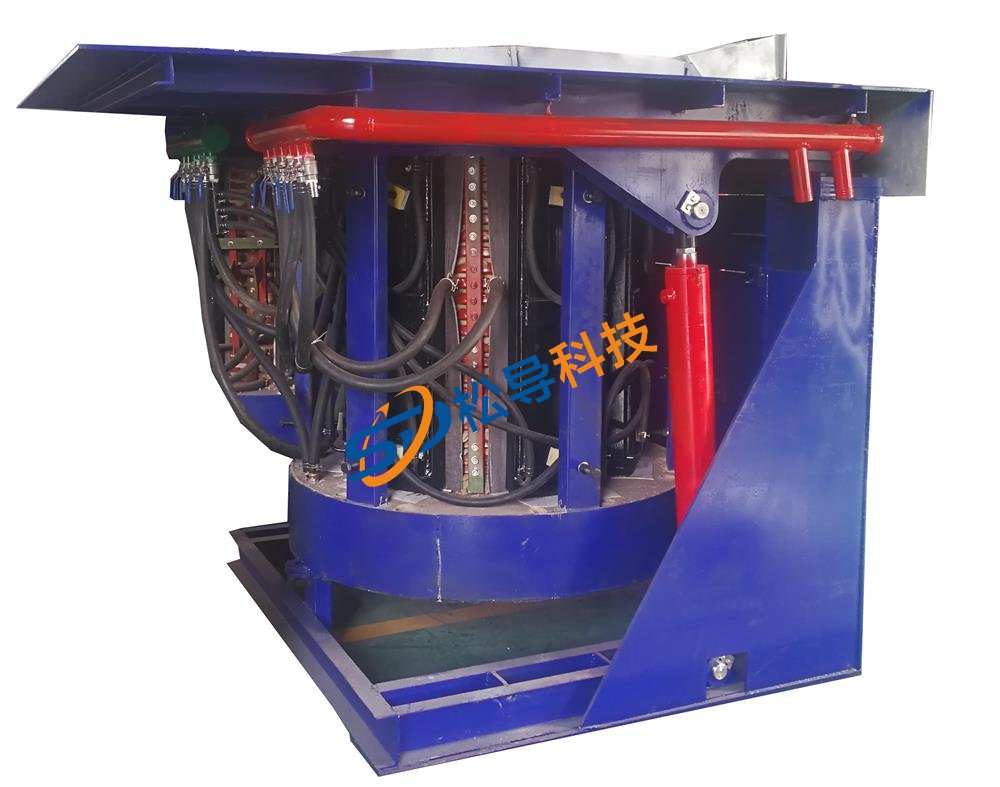
1T Induction Melting Furnace
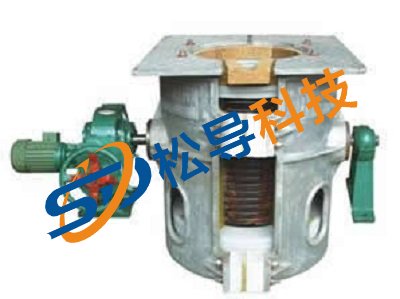
500kg Induction Melting Furnace
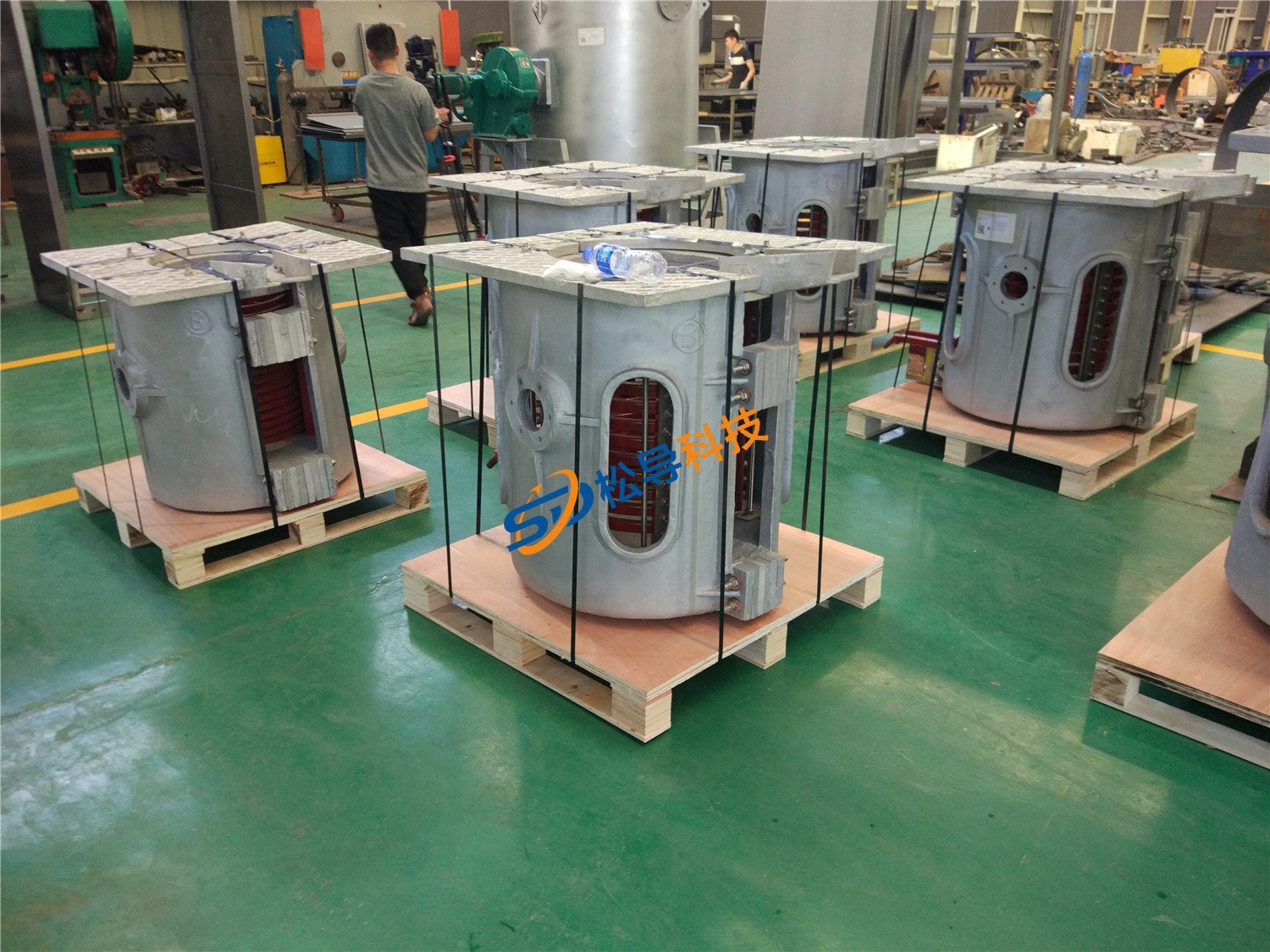
250kg Induction Melting Furnace
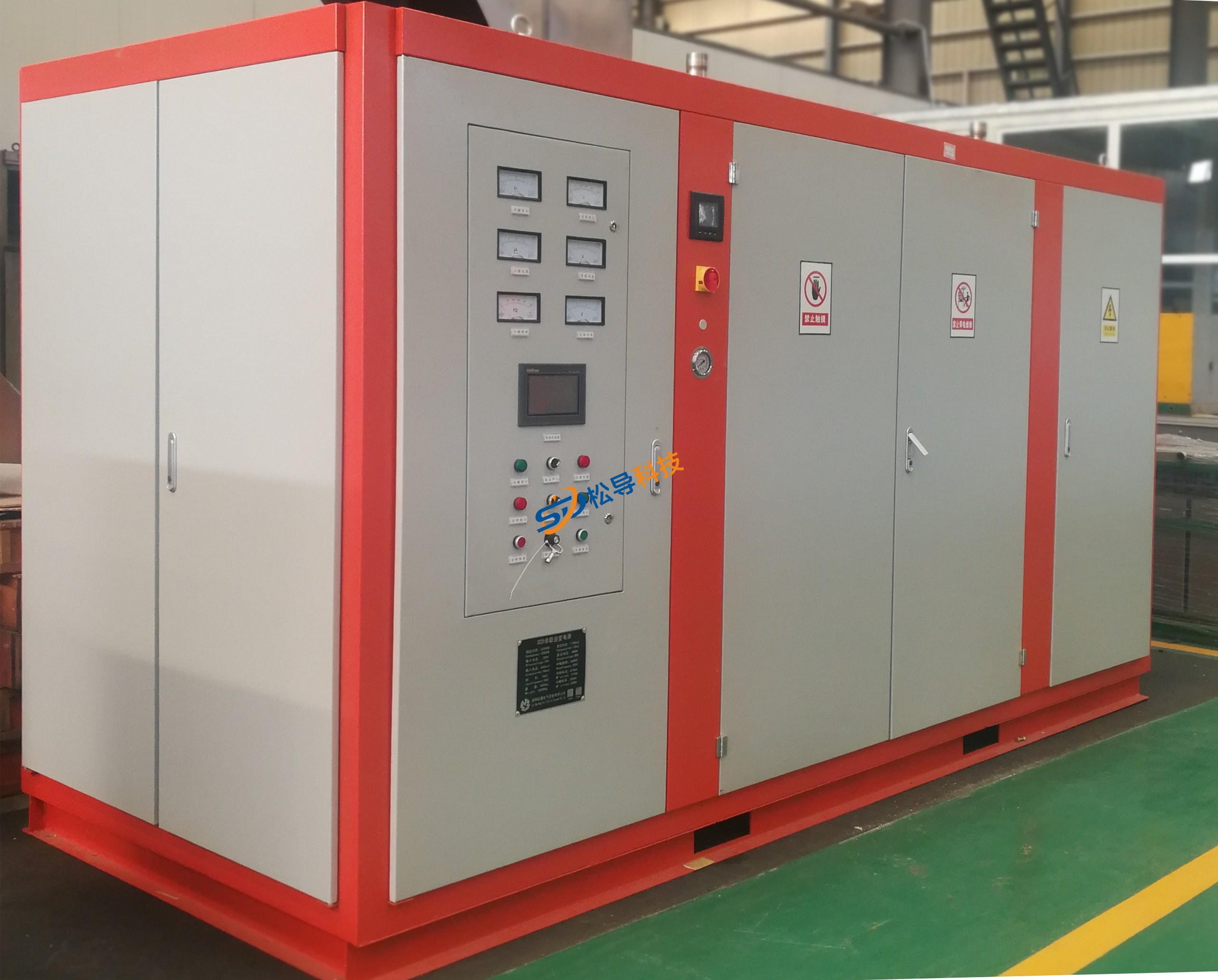
Induction Melting Furnace
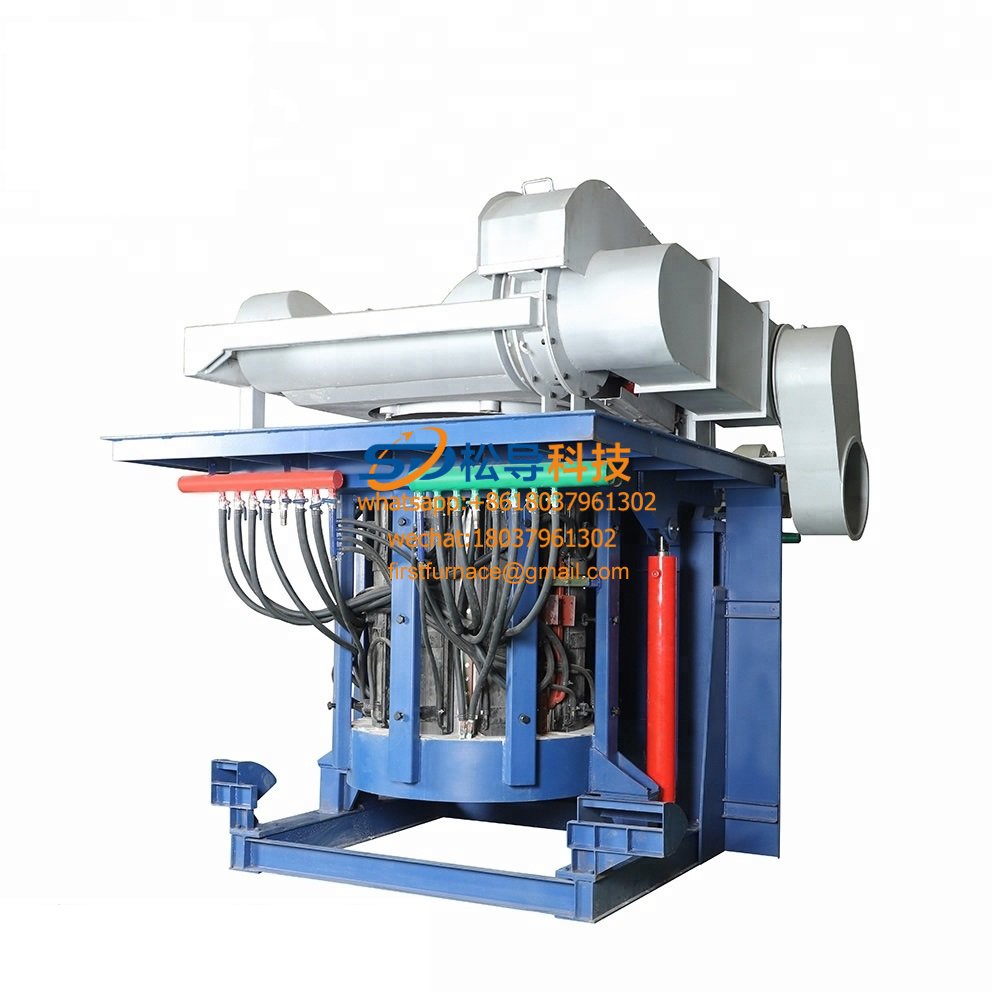
3 T Induction Melting Furnace
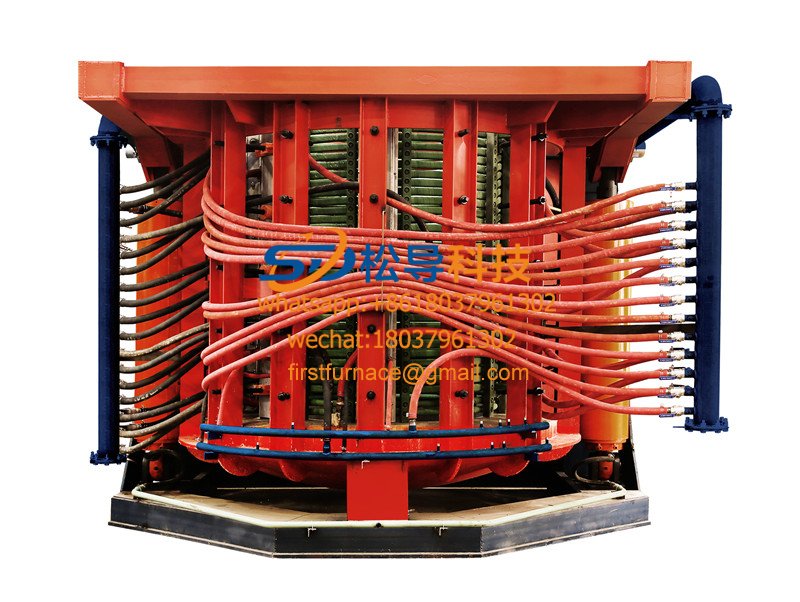
5T Induction Melting Furnace
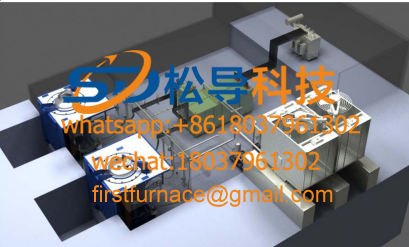
1T One Belt Two Intermediate Frequency F

5T One Belt Two Intermediate Frequency F
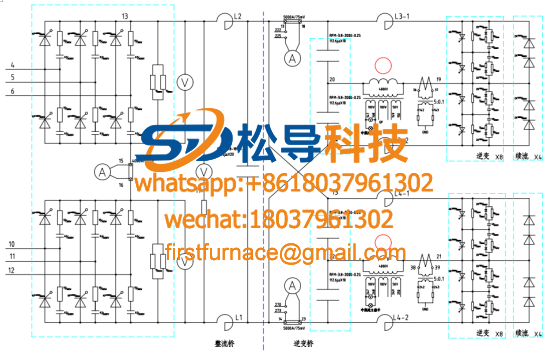
3T One Belt Two Intermediate Frequency F
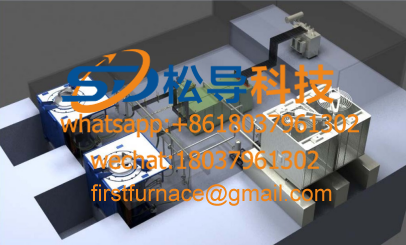
2T One Belt Two Intermediate Frequency F
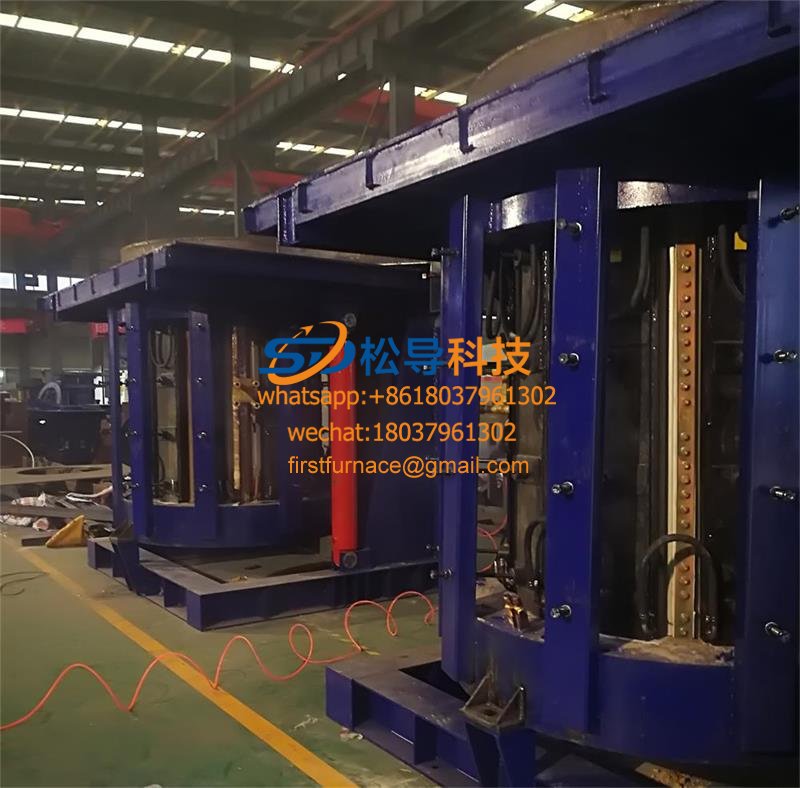
5T Parallel Intermediate Frequency Furna
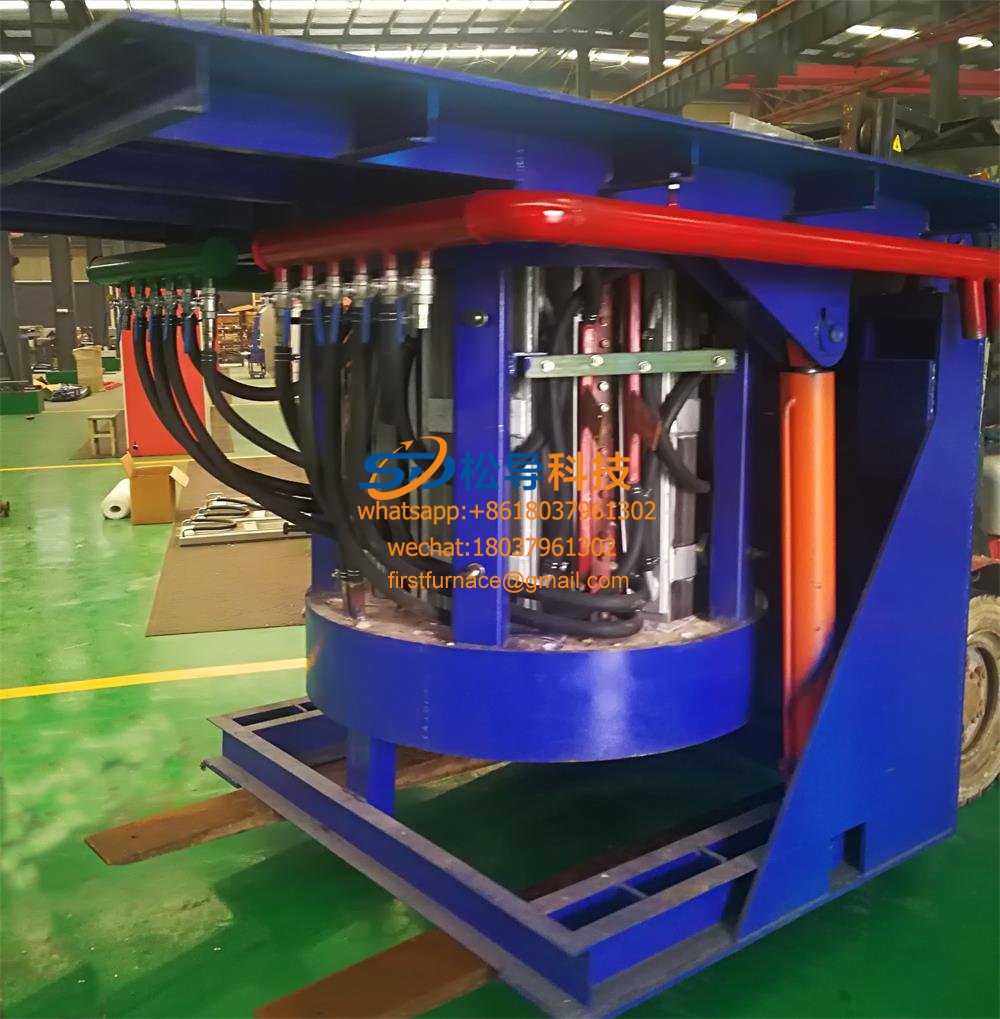
5T Intermediate Frequency Furnace

5T Series Intermediate Frequency Furnace
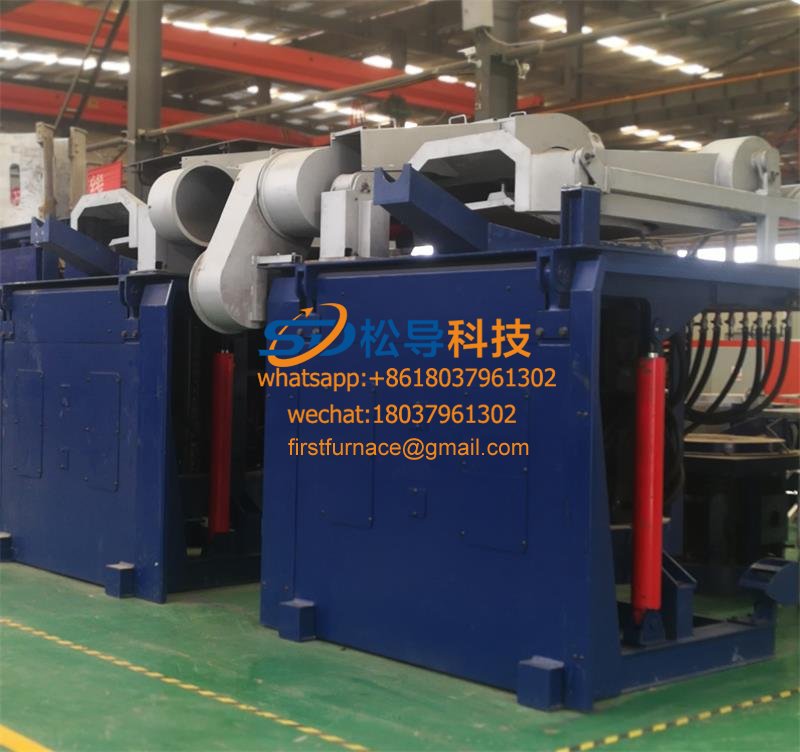
3T Series Intermediate Frequency Furnace
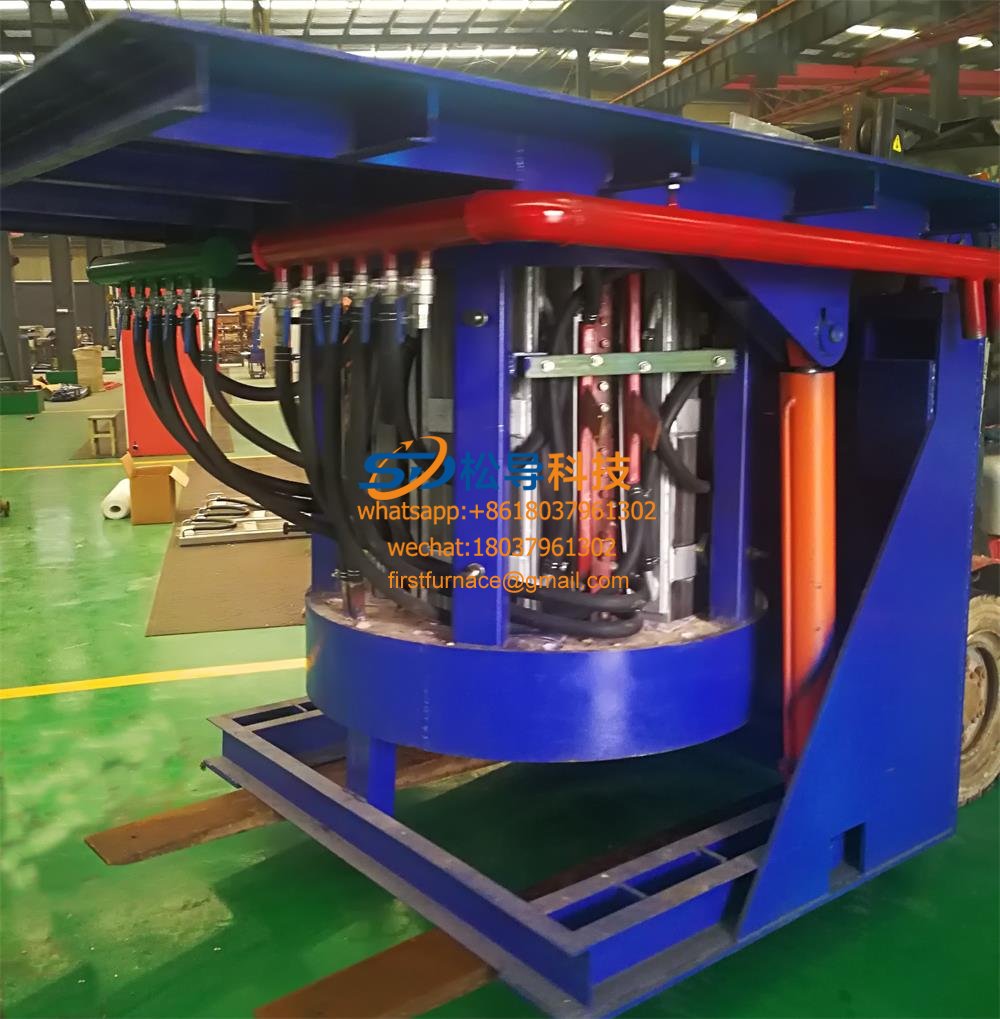
2T Series Intermediate Frequency Furnace
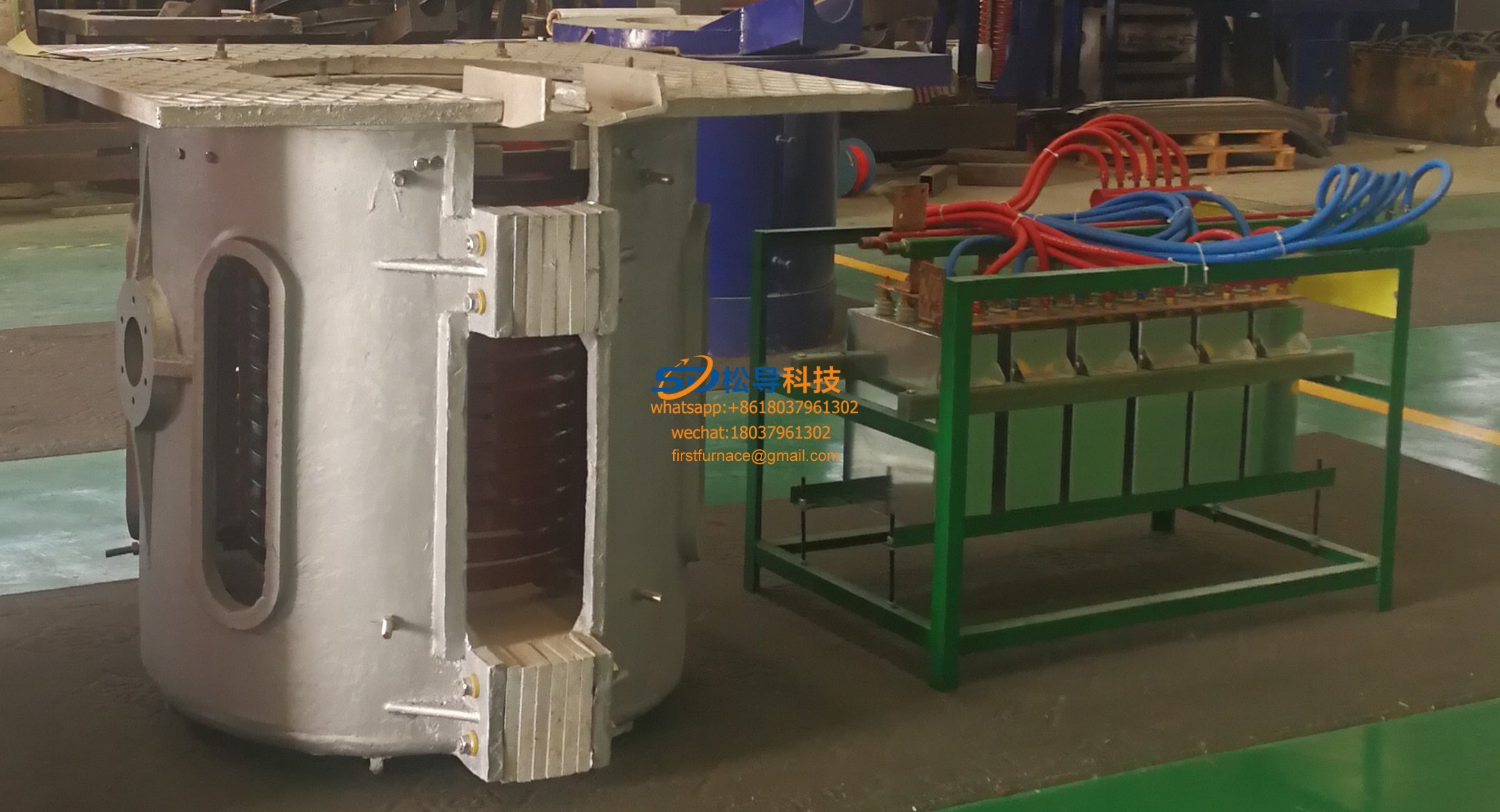
1T Series Intermediate Frequency Furnace
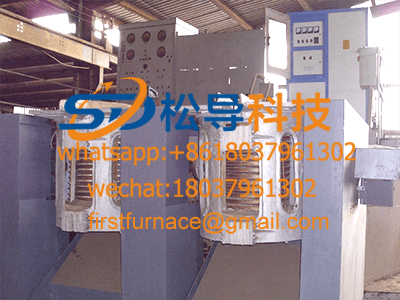
0.5T Series Intermediate Frequency Furna

0.25T Series Intermediate Frequency Furn

1T Parallel Intermediate Frequency Furna
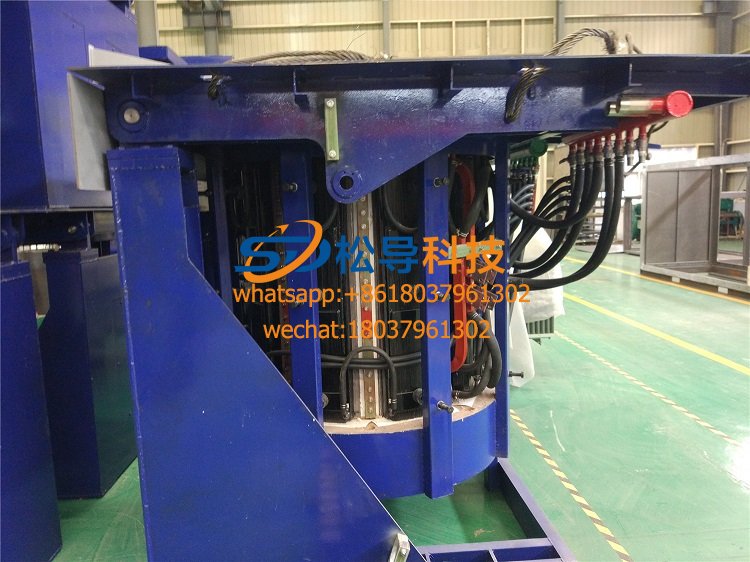
2T Parallel Intermediate Frequency Furna
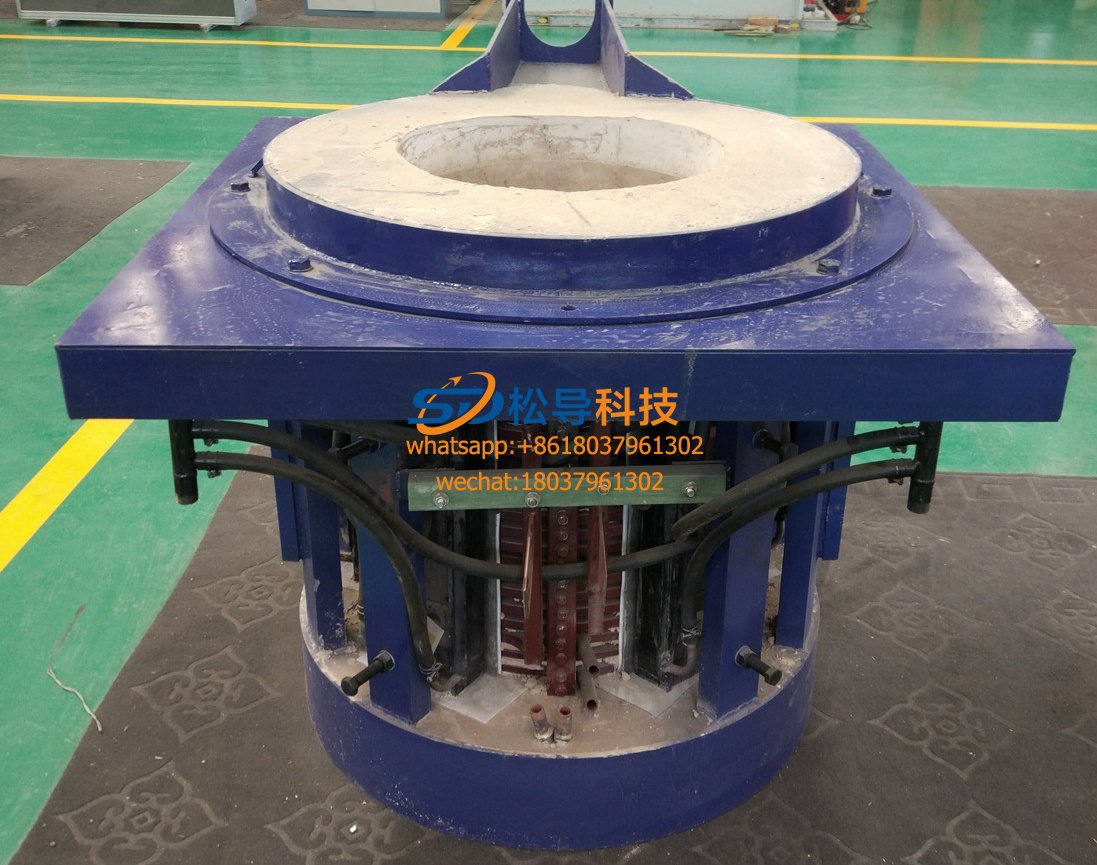
0.5T Parallel Intermediate Frequency Fur






